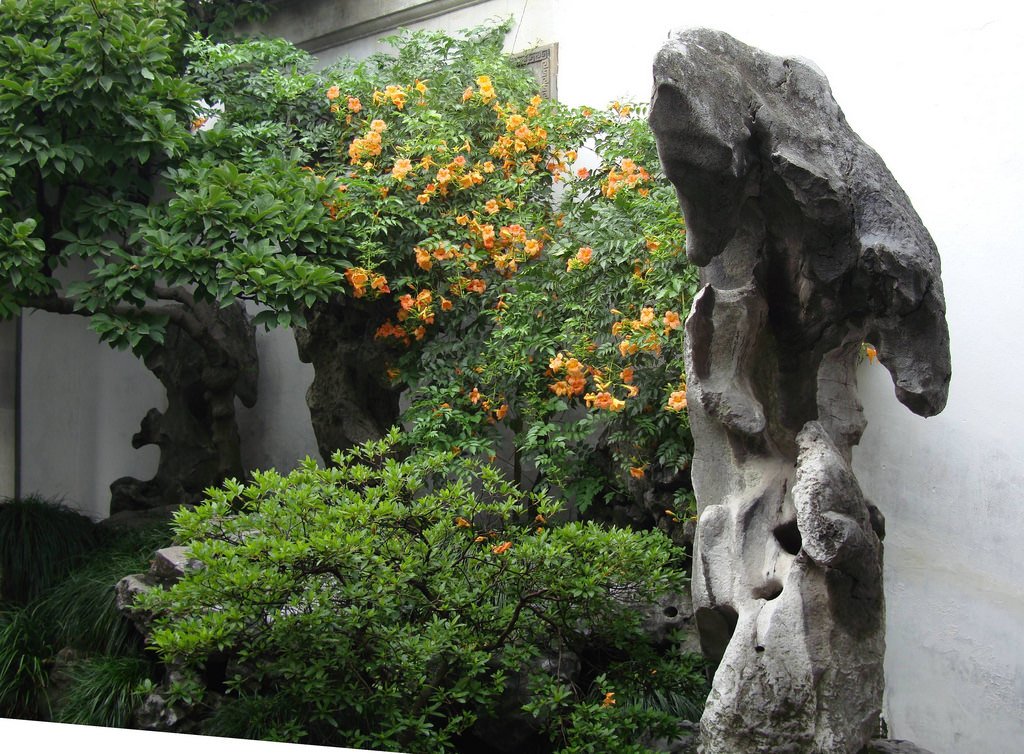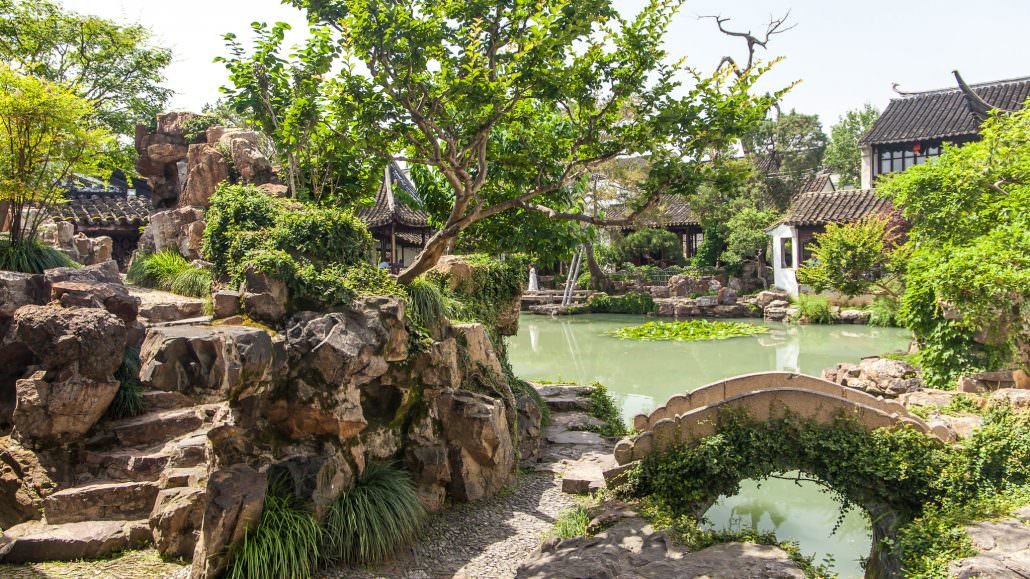Master of the Nets Garden
To see a scholar’s garden is essential in understanding China’s rich cultural history. A scholar’s garden, for example, offers insight on the position and respect scholars commanded in the important affairs of ancient statehood. Even if you are not interested in history, the beauty and harmony should be more than enough to entice you to visit one. Luckily for us, there are still well-preserved gardens all throughout China.

Image from flickr
The Master of the Nets Garden is an estate located in the city of Suzhou and is touted to be one of the most beautiful.

Image from flickr
By air, the closest airports are the Sunan Shuofang International Airport, which is a 45-minute drive, and the Shanghai Hongqiao International Airport, a 75-minute drive. Suzhou is also a well-connected city and can be accessed from major cities. The Beijing South Railway Station services the fastest trains that can take you directly to the Suzhou North Railway Station. G-trains usually have fares ranging from 523.5 to 1653.5 RMB (76-240 USD), depending on your seat choice.
The second fastest trains are D-trains which have cheaper fares from 292-653 RMB ($43-$96). Still, regular trains can take you to Suzhou via Beijing Railway Station. While these trains are cheaper, they can take longer to arrive. Shanghai is closest to Suzhou though and the Shanghai Railway Station and Hongqiao Railway Station have regular trains and bullet trains that can take you to the city. Once in Suzhou, you can take bus numbers 55, 202, 529, 811, or 931 and stop at Wangshiyuan Station. Bus numbers 47, 204, 501, or 511 can also take you to the garden but make sure to get off at Wangshiyuan North Station instead.

Image from flickr

Image from chinadiscovery
Explore the garden better by understanding its layout. The first section is the main garden which features pavilions, a pond, and a mini bridge. While it is not known for huge and open spaces, the estate efficiently uses its space and you will not feel cramped at all.
The Pavilion for the Advent of the Moon and the Wind is a famous spot that offers great's views. Visitors can’t help but feel relaxed while walking along its pathways. You can walk around the main garden and see all three architectural landscapes including the Ribbon Washing Pavilion.
The second section is the inner garden designed with minimalist principles in mind. The Peony Study overlooks bamboo and banana trees and peonies during late spring. Finally, the residential area still retains the structure and furnishing of when the garden used to house wealthy and influential people. Its façade is elaborately designed with the Gateway with the Brick Carving. Upon closer inspection, the gateway’s carvings tell of a history that spans 300 years.

Image from danflyingsolo
Opening hours and admission fees vary depending on the month that you visit. The garden operates from 7:30AM-5:30PM from April to October. Admission fees are at 40 RMB ($6). More visitors flock the estate but there are times of the day where you can still enjoy the place with minimal traffic. Take advantage of a night garden tour offered during these month for 100 RMB ($15). It includes a Kun opera performance and night views of the area. From November to March, opening hours are from 7AM to 5PM and entrance tickets are at 30 RMB ($5).
Because of its delicate charm, you should always make this place part of your visit while in Suzhou.
UPVOTE AND FOLLOW
( All images found in google image search and I added images source with the website name. These images are not mine. if there have any false details in this article , please accept my apologies )
